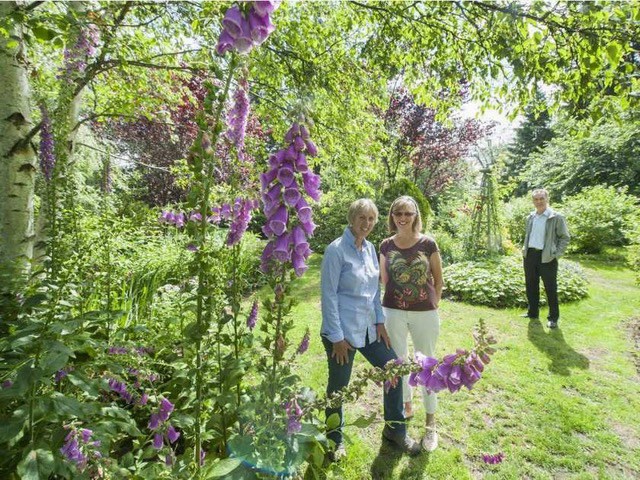Every year around this time, hubby and I will be exploring flora and fauna in the bucolic country of Costa Rica.
Costa Rica’s environmental commitment to protecting biodiversity keeps calling us back each winter. Costa Rica channels funds from a fuel tax, car stamp duty and energy fees to pay for nature reserve management and environmental services like clean air and fresh water.
Landowners are paid to preserve old-growth forests and to plant new trees. Forest cover has increased from 24 per cent in 1985 to over 46 per cent today! (B.C. has almost 64-per-cent forest cover in the province!)
It has established a national commission on biodiversity consisting of scientists, civil servants and indigenous representatives who make recommendations to government and promote green education among the public.
This incredible mind-set is carried right to the local people on the street. This is why our heart calls us back year after year.
In our own backyard, the City of Richmond has implemented a plan to maintain existing urban forest and increase publicly-accessed areas to around 100,000 trees.
Work is well underway in many parts of community. Groves of new trees can be seen staked in areas that were once just fields of grass. We even saw evidence of new tree plantings in a small inconspicuous area named Alexandra Greenway.
Our very own Paulik Park, maintained by the Richmond Garden Club and community volunteers, is benefiting from the focus on increasing our urban forest. The city purchased two residential lots a few years ago. The former homeowners had planted rows of cedar hedges that then became full grown straight rows of cedar trees.
Cedar trees are struggling with the changes in the climate - hot, dry summers and very wet winters. Some of the cedar trees in the two lots are dying or are diseased. The city has removed those trees and will be planting more diverse climate-friendly trees such as maple, cherry or plum and oak trees, throughout the whole park.
To help reduce temperatures in our community, lessen the risk of disease that could harm our forests and combat the changing climate, it is so important to diversify our plantings in our own landscape design as well as city-owned land.
Lynda Pasacreta is the current president of the Richmond Garden Club.



